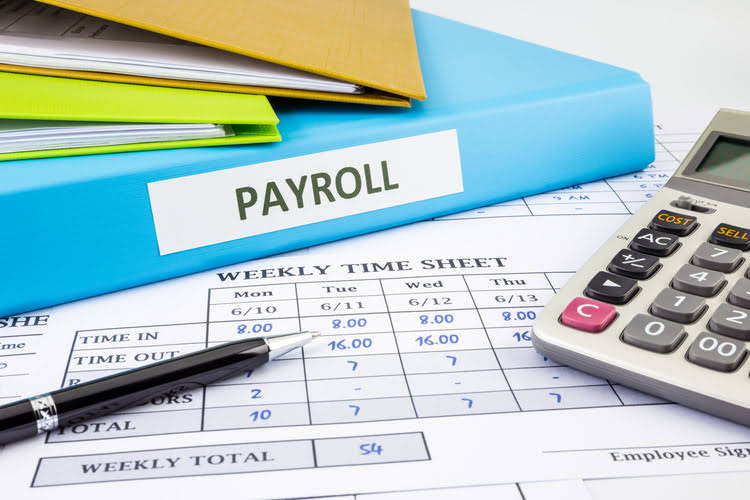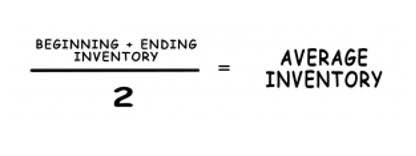
Common examples include accounts payable, short-term loans, dividends payable, notes payable, the current portion of long-term debt, accrued expenses, and unearned revenue income taxes payable. The process of calculating the return on equity (ROE) is relatively straightforward, as it divides net income by the average shareholders’ equity balance in the prior and current period. Tangible equity represents the net worth of a company derived from its physical assets, excluding intangible assets like intellectual property, goodwill, and brand value.
Share Capital
Shareholders equity is the value obtained by taking a company’s total balance sheet assets less total balance sheet liability. Let’s look at Apple Inc’s consolidated balance sheet to calculate its shareholders equity. The higher the D/E ratio, the more investors may be concerned of the company’s financial health and overall indebtedness.
How to Calculate Shareholders Equity
The first way to calculate shareholders equity is to use the Accounting Equation or Balance Sheet Equation. You can calculate shareholders’ equity using the basic Accounting Equation or the Investor’s Equation. Even though the financial models can be quite complex, the shareholder equity will fundamentally be calculated the same way. By comparing a company’s ROE to the industry’s average, something may be pinpointed about the company’s competitive advantage.

Treasury Stock (Stock Buyback)

It is the amount left with or kept aside by the company after it pays the dividend from net income. Normally, the investors and firms decide to reuse this amount and reinvest the same in the company. The shareholders’ equity comprises components that play an important part in determining the company’s net total shareholders equity formula worth.
Shares bought back by companies become treasury shares, and the dollar value is noted in an account called treasury stock, a contra account to the accounts of investor capital and retained earnings. Companies can reissue treasury shares back to stockholders when companies need to raise money. The stockholders’ equity, also known as shareholders’ equity, represents the residual amount that the business owners would receive after all the assets are liquidated and all the debts are paid. Shareholder equity is also known as the book value of the company and is derived from two main sources, the money invested in the business and the retained earnings. Shareholders’ equity refers to the owners’ claim on the assets of a company after debts have been settled.
#1 – Stock Components
A line item for the shareholder’s equity can be found in the balance sheet of a business or enterprise. The company’s shareholder’s typically care about the company’s profits and are interested in their equity. A shareholder’s acquisition of firm stock over time also results in capital gains for them and grants them the ability to vote in board of directors elections. The shareholders’ interest in the company’s equity is maintained by all such payouts. The accounting equation is based on the premise that the sum of a company’s assets is equal to its total liabilities and shareholders’ equity. It’s a core concept in modern Certified Bookkeeper accounting that provides the basis for keeping a company’s books balanced across a given accounting cycle.
- The Equity Ratio measures the long-term solvency of a company by comparing its shareholders’ equity to its total assets.
- In general, if a company’s D/E ratio is too high, that signals that the company is at risk of financial distress (i.e. at risk of being unable to meet required debt obligations).
- Specifically, this metric can be used to evaluate the likelihood of receiving a payment should the company have to liquidate.
- It can be defined as the total number of dollars that a company would have left if it liquidated all its assets and paid off all of its liabilities.
- The stockholders’ equity, also known as shareholders’ equity, represents the residual amount that the business owners would receive after all the assets are liquidated and all the debts are paid.
- Shareholder equity (SE) is given by a company’s net worth, which is derived by way of the residual assets that can be claimed by said company’s shareholders after all of its debt has been paid off.

The shareholders’ equity is the remaining amount of assets available to shareholders after the debts and other liabilities have been paid. The stockholders’ equity subtotal is located in the bottom half of the balance sheet. The shareholders equity ratio measures the proportion of a company’s total equity to its total assets on its balance sheet. When calculating the shareholders’ equity, all the information needed is available on the balance sheet – on the assets and liabilities side. The total assets value is calculated by finding the sum of the current and non-current assets. A negative shareholders’ equity means that shareholders will have nothing left when assets are liquidated and used to pay all debts owed.
Return on Equity Calculator (ROE) Excel Template
- The remaining claims of a corporation’s owners against the company after its debts have been settled are referred to as shareholders equity.
- Shareholders Equity is the difference between a company’s assets and liabilities, and represents the remaining value if all assets were liquidated and outstanding debt obligations were settled.
- Here we discuss the formula to calculate Return on Average Equity and practical examples and its interpretation.
- However, a low D/E ratio is not necessarily a positive sign, as the company could be relying too much on equity financing, which is costlier than debt.
- In the stock market, shareholders’ equity (or owners’ equity for privately held companies), represents the difference between a company’s assets and liabilities.
Purchasing a company’s stock over time gives the privilege or the right to vote in a board of directors elections. All these benefits eventually create a shareholder’s ongoing interest in the company’s equity. During a liquidation process, the value of physical assets is reduced, and there are other extraordinary conditions that make the two numbers incompatible. This is the percentage of net earnings that is not paid to shareholders as dividends.


